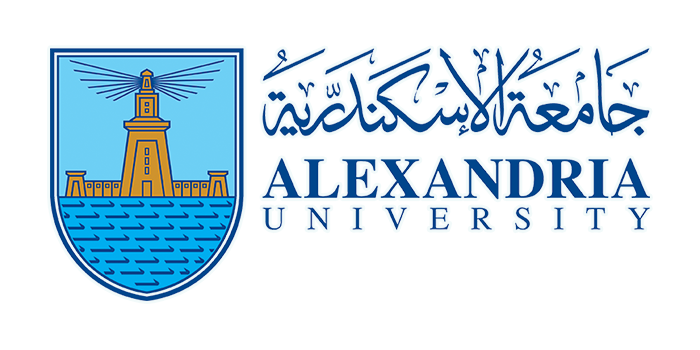
Alexandria University
Green Education Ranking
#594
About Alexandria University
Established in 1938 as Farouk University and initially operating as a satellite of Fuad University (later Cairo University), Alexandria University in Egypt gained independence in 1942 and underwent a renaming following the Egyptian Revolution of 1952. Now a public institution, it boasts a student body of 150,000 full-time students, making it the country's second largest university. Additionally, it accommodates over 16,000 part-time undergraduates and nearly 5,000 international students, supported by a faculty of over 8,000 academic staff, with more than half holding a PhD. From its original seven faculties spanning Agriculture, Medicine, Arts, Commerce, Engineering, Law, and Science, the university has expanded to 23 faculties, incorporating newer disciplines such as Tourism and Sports Education. Notable alumni include scientists, politicians, film directors, and Egypt's first Nobel Laureate in a scientific field. The university's official colors are white and blue. Situated in Egypt's second-largest city, Alexandria, renowned as the 'pearl of the Mediterranean,' the university enjoys a culturally rich environment and contributes to the city's status as a major economic and tourist hub in the region.
About World Green University Ranking
World
Green University Ranking 2024 is a
scholarly acknowledgment of educational
institutions standing at the forefront of
Education for Sustainable Development (ESD) and
leading the Green Education Transformation
(Education 6.0).
World Green University Ranking classifies
universities based on the six pillars of the
Holistic Green Education Framework, including
leadership governance, curriculum, innovation,
facilities, human capital, and community
partnerships.
The methodology employed in our Green Education Ranking is designed relying on the six pillars of the Holistic Green Education Framework. Each pillar contributes to the institution’s overall score, with a carefully assigned weight reflecting its significance in fostering sustainability. The total weight of the six pillars collectively amounts to 100%, signifying a balanced evaluation across critical dimensions of Green Education. Within each pillar, various standards are carefully assessed, with weights ranging between 1 and 2, emphasizing the varying importance of each criterion. This nuanced approach ensures a holistic evaluation and offers an insightful measure of universities commitment to Green Education Transformation (Education 6.0).
| # | Six Pillars of Green Education Framework (6Gs). | Weight |
|---|---|---|
| 1 | Green Educational Leadership | 14% |
| 2 | Green Curriculum | 17% |
| 3 | Green Innovation and Research | 19% |
| 4 | Green Facilities | 15% |
| 5 | Green Human Capital | 19% |
| 6 | Green Communities | 16% |
| Total | 100% |

